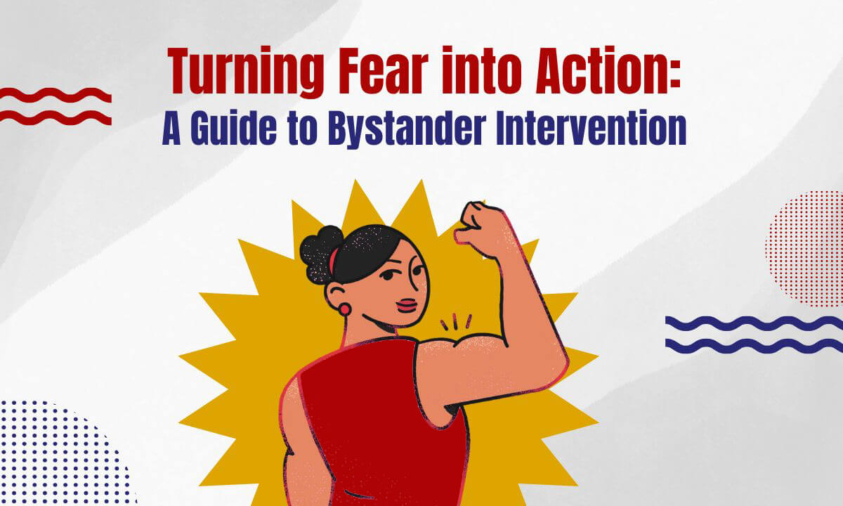In emergencies, bystanders often hesitate to intervene due to several psychological and social factors.
One recent case that illustrates this issue is that of Daniel Penny, who fatally choked Jordan Neely on a New York City subway. Despite Penny’s military background and intentions to protect his fellow passengers, he faced serious legal consequences for his actions.
This situation raises concerns for ordinary citizens who may lack the skills and training that Penny possesses. If a former Marine can face severe legal repercussions for intervening, it is understandable that an average individual may feel discouraged from stepping in during emergencies.
Many observers argue that high-profile incidents like this create a chilling effect, making potential helpers afraid of the legal backlash they might face. The Daniel Penny Effect highlights how this fear can paralyze bystanders, leaving them uncertain and apprehensive about acting when needed most.
The Daniel Penny Effect was noted among the commoners during another tragic incident in the NYC subway when a woman was burned alive in a train. The horrifying event was captured on video that quickly went viral. Shockingly, no one intervened to assist her, leading to her untimely death.
As long as fear, hesitation and uncertainty persist, bystanders will likely remain unable to overcome the barriers to intervention.
Some of the key challenges that bystanders face is:
- Uncertainty About How to Help: Bystanders may feel unsure about the appropriate way to intervene. They worry about making the situation worse or not knowing how to support the aggrieved person.
- Concerns About Legal Repercussions: Some individuals may hesitate to intervene due to fears of legal consequences or being involved in a police investigation.
- Distrust in Authorities: A lack of trust in law enforcement can discourage bystanders from acting. If they believe that reporting the incident won’t lead to a positive outcome, they may choose to do nothing.
- The belief that It Is Not Their Responsibility: Some bystanders may rationalize their inaction by thinking that it is not their place to intervene, especially if they do not know the individuals involved. This mindset can perpetuate a cycle of inaction.
- Fear of Misinterpretation: Bystanders may worry about misunderstanding the situation, which makes them hesitant to intervene if they are unsure whether the behavior is abusive.
- The Bystander Effect: This psychological phenomenon suggests that individuals are less likely to help a victim when others are present. The more bystanders there are, the less likely anyone takes action.
Research also shows there are three main categories that serve as a barrier for intervening as a bystander. They include Personal Obstacles, Peer Influences, and Bystander Dynamics.
- Personal obstacles can involve shy personalities, having a lack of confidence, not knowing what to do, not wanting to be embarrassed, and fear of negative consequences such as social evaluation or aggression from others and/or considering the situation to be a private matter.
- Peer influences deal with the close relationships among peers that may inhibit individuals from saying or doing something to prevent any form of power-based personal violence. Although individuals may want to intervene in a situation in a prosocial way, the fear of embarrassing themselves or their friends can have a significant effect on the ultimate decision.
- Bystander dynamics deals with how actions and decisions are influenced by surroundings. If we see one person taking a stand and doing something instead of nothing, that one person’s actions affect others and have an impact on those who witnessed.
The important question is: How can we overcome these barriers and become active bystanders?
To effectively overcome obstacles to bystander intervention, it’s essential to understand the stages involved.
- Notice: Be aware of what is happening around you.
- Recognize: Identify that something is wrong or inappropriate.
- Decide: Choose to intervene.
- Act: Have the skills and confidence to take action.
This framework applies not only in public spaces but also in workplaces. Organizations should educate employees on recognizing bullying, harassment, and discrimination.
Training Employees:
- Providing training on the 5Ds of Bystander Intervention (Attaching the article 2 link)
- Equipping employees with practical tools to intervene safely and effectively.
Bystander intervention training: Implementing specific training programs can significantly increase bystanders’ confidence and willingness to act.
- Role-Playing Scenarios: Participants practice intervention techniques in a safe environment, allowing them to develop skills and strategies for real-life situations.
- Discussions on the Bystander Effect: Educating individuals about this psychological phenomenon to encourage action in group settings.
- De-Escalation Strategies: Teaching methods such as distracting the individuals involved or seeking help from authorities.
Bystanders are prone to overlook critical cues because of their ignorance. For example, if you’re in a bus engrossed in your phone with headphones on, you’re less likely to detect an emergency around you because you’re distracted. Since your visual and auditory attention is compromised, you will fail to notice what’s happening around you.
Being aware of one’s surroundings can greatly improve one’s capacity to identify difficulties and take appropriate action.
By implementing these strategies, communities can foster an environment where bystanders feel equipped and motivated to intervene safely in abusive situations, ultimately contributing to the well-being of aggrieved persons and the prevention of further harm.
If you want to teach your employees how to intervene as active bystanders, get in touch with us to learn more about our customized training sessions at +919004521614 or [email protected].
Authored by Gomathi Sridevi Radhakrishnan, Content Writer Intern


 Cart is empty
Cart is empty 
